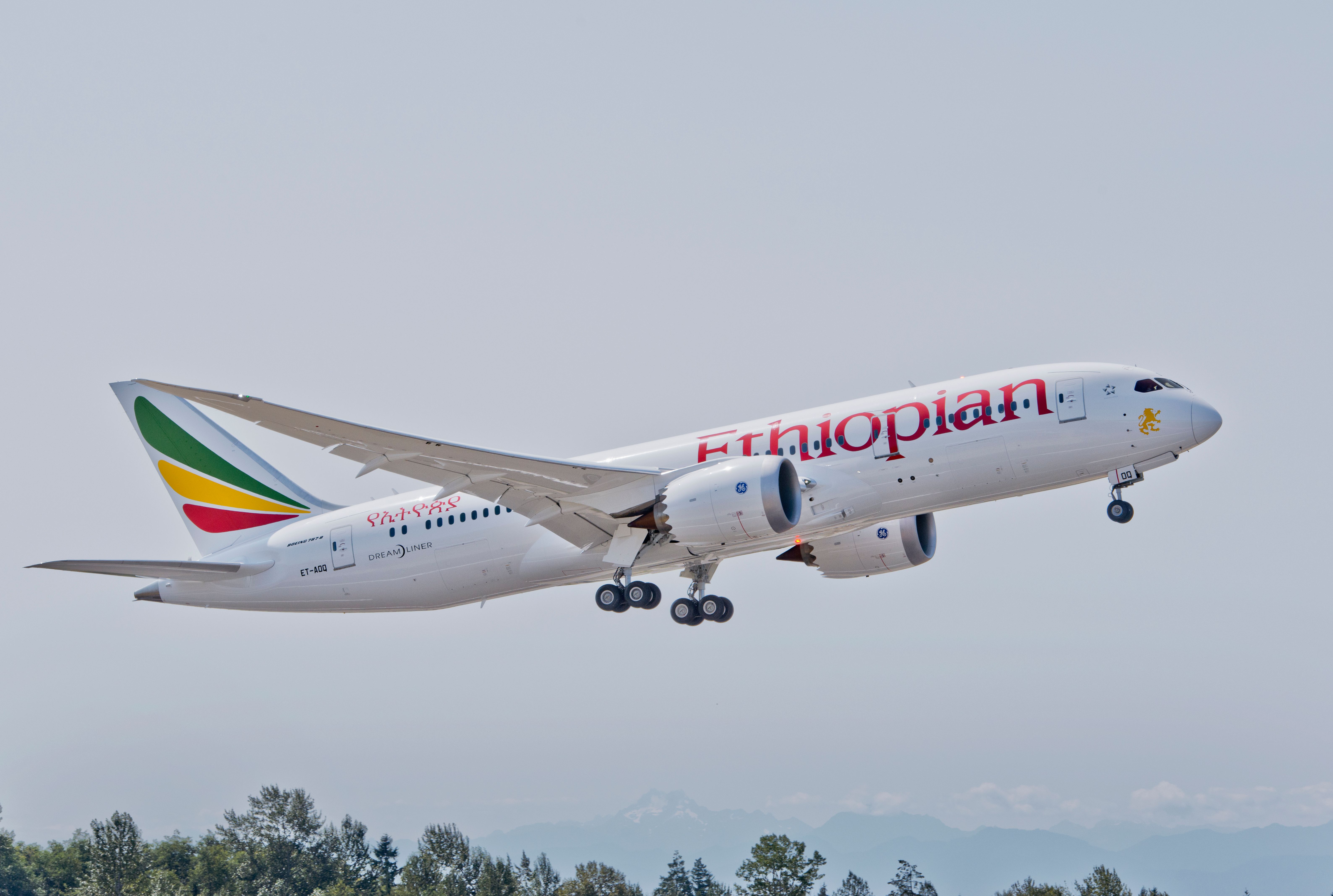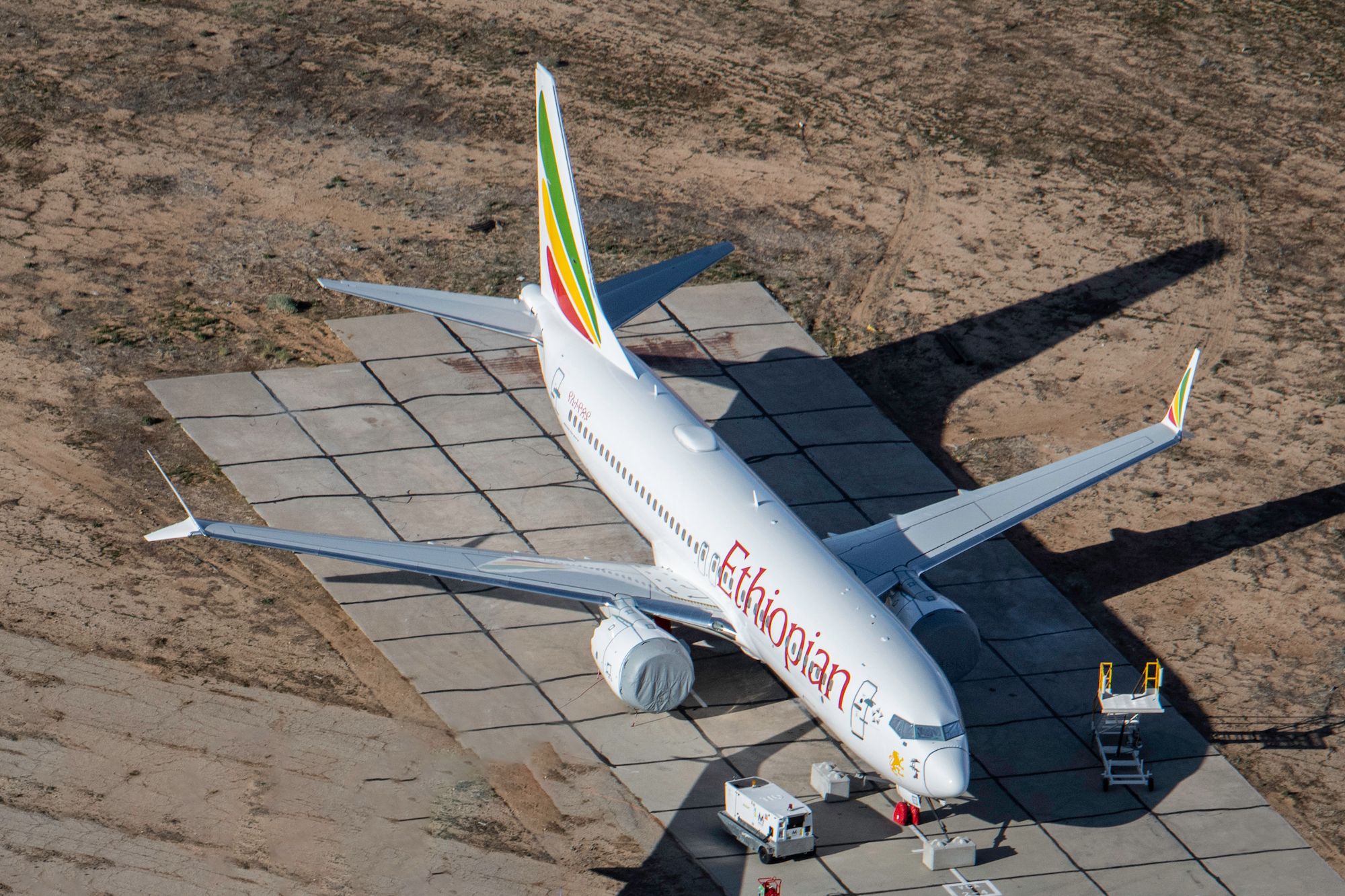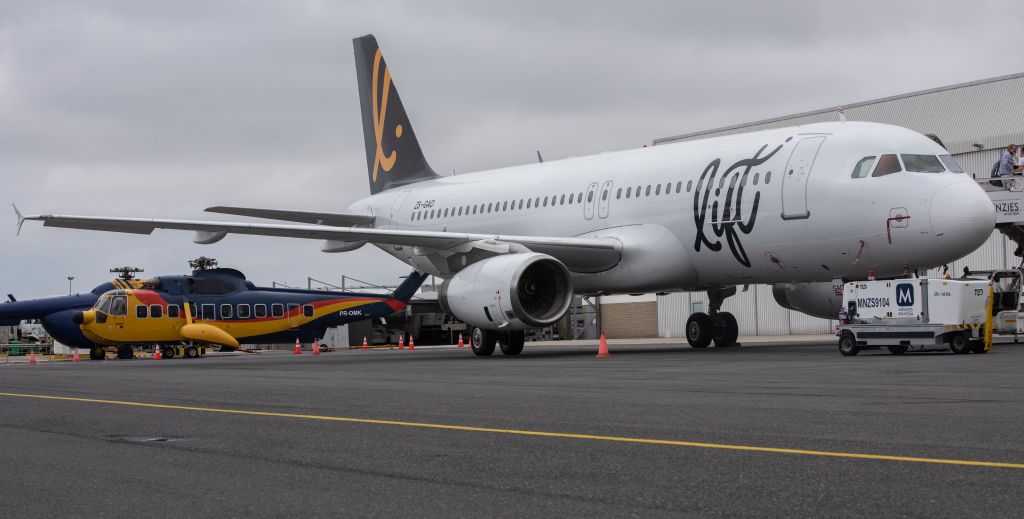When it comes to markets that are yet to fulfill their potential, Africa is a hotspot of opportunities. While foreign airlines lay on capacity to snatch traffic away from the local carriers and China funds infrastructure developments, for the OEMs, the dangling carrot of airplane sales has not gone away.
Speaking on the AviaDev Insight Africa podcast, Kuljit Ghata-Aura - President, Boeing Middle East, Turkey, and Africa – noted the importance of Africa to the US airplane manufacturer. He commented,
“We've got a really rich history in Africa, and we're very proud of that … We’ve got 60 plus airline customers, 500 plus Boeing airplanes operating all over Africa. It’s really quite significant – 66% of all aircraft in operation are Boeing.”
Boeing’s annual Commercial Market Outlook (CMO) seeks to identify the need for new aircraft in various regions around the world. For Africa, its latest CMO identified the need for 1,000 new airplanes by 2040, with a total investment potential of $160 billion. Airbus came up with a similar number at 1,100.
But Boeing is slightly on the back foot here. It has a solid offering on the narrowbody side, with its various iterations of the 737 MAX, but it doesn’t have a regional contender. Airbus recently noted that the A220 could be perfect for opening up intra-regional connectivity across Africa, but where does that leave Boeing?
You can listen to the podcast in all its glory right here on Simple Flying. Just click below to play:
Boeing’s opportunity in Africa
The CMO identifies around 72% of the airplane need in Africa to be in the narrowbody sphere. For Boeing, that’s clearly the 737 MAX. But it sees a widebody opportunity too, as Ghata-Aura explained,
“Our prediction is that demand will be more for the mid-range widebody. For us, that's the 787-8 and 787-9. But the great thing about the 787 family is that you've got this great flexibility to go bigger or to go smaller. And I think that's going to be increasingly important for the African carriers as they compete against European carriers and the Middle Eastern carriers.
Boeing currently has around 50 or so Dreamliners in operation across Africa. Those are flown by a handful of major airlines – Air Austral, Air Tanzania, EgyptAir, Ethiopian, Kenya Airways and Royal Air Maroc. Airk Air has some on order, but other than that, the penetration of the 787 into Africa is relatively light.
At present, only four 737 MAX are actively flying in Africa, according to data from ch-aviation.com. Ethiopian Airlines flies three, while Royal Air Maroc has one. Both airlines have one more MAX each, both currently stored, while Mauritania Airlines has a single MAX, also in storage at present. However, orders are in for around 50 more 737 MAX for African airlines, with Air Peace, Arik, and Ethiopian Airlines the main customers for the type.
And the challenges
Of course, to reach its full potential, Africa has a whole world of challenges to overcome. The first is breaking down some of the current barriers to regional travel, with the long-talked-about Single African Air Transport Market (SAATM). It’s been an issue ongoing for many years, but is still high on the agenda of stakeholders on the continent. At the end of last month, it was a hot topic at the ICAO AFI Aviation Week event, while just last week, the Director-General of the Nigerian Civil Aviation Authority (NCAA) noted the importance of SAATM to the country’s aviation development.
For Boeing, it’s an initiative worthy of support, as Ghata-Aura explained,
“I think market liberalization is absolutely key … the single African Air Transport market - we're obviously huge supporters of that. We work very closely with the African aviation industry group to support as much as we can.”
Kuljit further noted the challenges of securing available talent to deliver a more comprehensive aviation industry, noting,
“If there's going to be growth here in these markets, we've got to create the talent pools that enable that growth across the entire aviation value stream, whether that's pilots, maintainers, managers … every professional associated with aerospace.”
And finally, the looming specter of sustainability is just on the horizon for aviation in Africa. The challenges of getting sustainable aviation fuel into regular use at African airports are immense, and driving forward the switch to more sustainable technologies seems a million miles away for the cash-strapped airlines trying to scrape a living in the region.
Nevertheless, Africa is going to be bound by the same commitments being made by airlines and regulators all over the world. Boeing wholeheartedly supports the integration of SAF, including developing 100% SAF-compatible aircraft by 2030.
Kuljit summarized Boeing’s appetite for Africa, saying,
“For air traffic growth over the next 20 years, Africa is predicted to outpace the rest of the world by almost two times. We're looking at 5.4% growth against a 2.7% average across the world. That puts, in terms of growth, this market on the same level as China. So there are huge opportunities here. We're excited to be part of it.”
For more from Boeing and other OEMs on the future of African aviation, don’t miss the AviaDev Africa Route Development Conference 2022. Taking place in Cape Town from June 29th to July 1st, this is the sixth edition of the conference where airlines and airports get together to collaborate and make changes for a better-connected Africa. Head to the website for more information.





